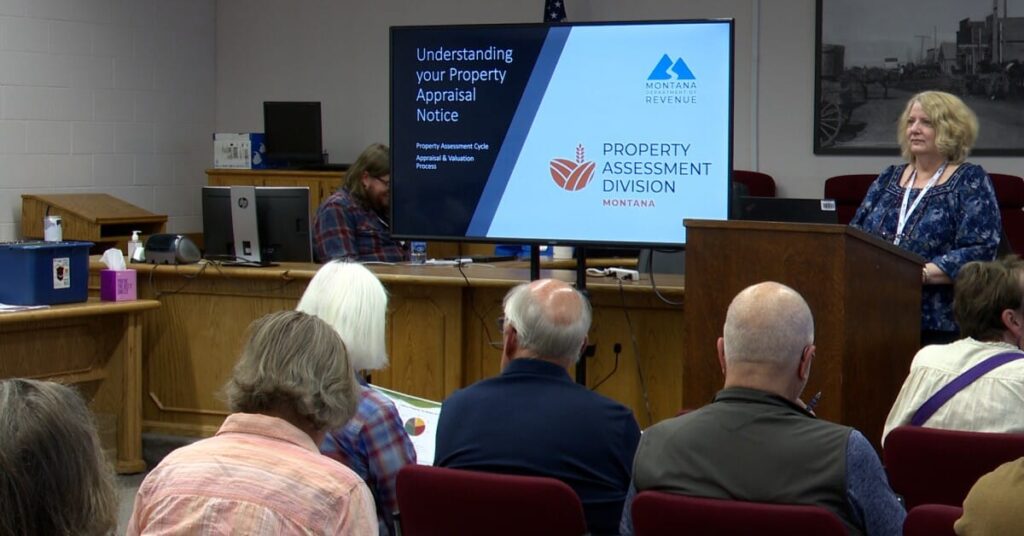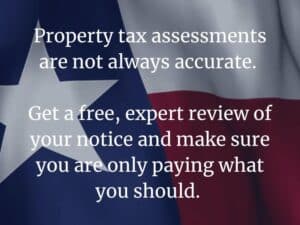Property taxes are one of the biggest recurring expenses for homeowners, investors, and business owners. These taxes are based on your property’s assessed value, which is determined by your local county appraisal district. Whether you’re trying to navigate the appraisal district to lower an inflated assessment or claim exemptions, understanding how to work with your appraisal district can save you hundreds—or even thousands—of dollars every year.
This guide breaks down the essential steps to make sure your property is fairly assessed and you’re not leaving money on the table.
What Is a County Appraisal District?
A county appraisal district (or tax assessor’s office, depending on your state) is responsible for:
- Valuing all real estate in the county for tax purposes (usually based on market value as of January 1)
- Processing tax exemptions, such as homestead, senior, veteran, or agricultural exemptions
- Handling protests and appeals if you believe your property has been overvalued
- Maintaining property records, including ownership, square footage, and improvements
Each state operates differently—Texas, for example, has centralized appraisal districts, while California uses county assessor offices. But the principles in this guide apply broadly.
Why It Matters
Understanding your local appraisal process helps you:
- Avoid overpaying: A simple correction can lower your annual bill by $1,000+
- Secure tax breaks: Many exemptions are only granted if you apply correctly and on time
- Prepare strong protests: Knowing how to build and present your case can lead to a lower valuation
- Ensure fair assessments: Mistakes in square footage or condition often go unnoticed unless you speak up
9 Key Steps to Work with Your Appraisal District
1. Review Your Appraisal Notice Carefully
Your annual notice outlines your property’s assessed value and includes key deadlines for protests or exemption filings. Compare the value with recent home sales and double-check all listed details (like square footage and exemptions).
Tip: Set a calendar reminder for the protest deadline—usually around May 15.
2. Visit the Appraisal District Website
Most districts have searchable databases where you can:
- Check your property record
- See values for comparable homes
- Download protest and exemption forms
- Review sales data and valuation methods
Tip: Bookmark your district’s website and check it each spring.
3. Verify Your Property Record
Common overvaluation causes include:
- Incorrect square footage
- Extra bedrooms or features that don’t exist
- Wrong condition listed (e.g., “renovated” when it’s outdated)
Tip: If there’s an error, contact the district with documentation—or include it in your protest.
4. Apply for All Eligible Exemptions
These may include:
- Homestead Exemption – often reduces taxable value by $25,000–$50,000
- Senior Citizen Exemption
- Disabled Veteran Exemption
- Agricultural Use Exemption
Each has specific forms and deadlines—typically by April 30.
5. File a Protest If Your Value Seems Too High
Protesting is your legal right. Common grounds include:
- Market Value Is Too High – backed by comparable sales
- Unequal Appraisal – similar homes are assessed lower
Submit your protest online, by mail, or in person before the deadline.
6. Gather Solid Evidence
Strong documentation can include:
- Recent sales comps
- Photos of property condition issues
- Estimates for needed repairs
- Values of similar nearby properties
Tip: Organize your evidence with a clear summary and visual charts/tables if possible.
7. Attend the Informal Review (and Be Ready for the Formal Hearing)
Most cases are settled during an informal meeting with a district appraiser. If not, you can present your case to an Appraisal Review Board.
Tip: Be calm, factual, and concise. Focus on data, not emotions.
8. Follow Up After the Protest
You’ll receive a decision—by mail or online—confirming the outcome. Check your revised assessment and contact the district if something looks off.
If denied, you may still have appeal options like arbitration or court (check your state laws).
9. Consider Hiring a Property Tax Professional
When to bring in help:
- High-value or commercial properties
- Complicated protests or condition issues
- If you lack time or confidence to handle it yourself
Many consultants work on contingency, taking a portion of any savings.
Common Pitfalls to Avoid
- Missing deadlines – protests and exemption deadlines are firm
- Ignoring your notice – this is your first chance to take action
- Using bad evidence – old comps or estimates from non-reputable sources weaken your case
- Overlooking exemptions – don’t assume they’re automatic
- Being unprepared – a messy presentation can cost you
Real-Life Example
Sarah’s home was assessed at $460,000, but her comps showed $420,000. She:
- Spotted a 200 sq ft error in her appraisal
- Submitted comps, repair estimates, and the corrected square footage
- Got her value reduced to $420,000, saving $1,000+ in taxes
- Then applied for a homestead exemption, saving another $625
Take Control of Your Property Taxes
Start by reviewing your appraisal notice. Visit your county’s appraisal website, verify your records, and claim your exemptions. If needed, gather comps and protest an inflated value.
Taking just a few hours each year can lead to major savings.
Need help? A property tax consultant or real estate agent can assist with comps and evidence collection.
Disclaimer: Property tax laws vary by location. Always confirm details with your local appraisal district or a qualified tax professional. This article is for informational purposes only and does not constitute legal advice.






